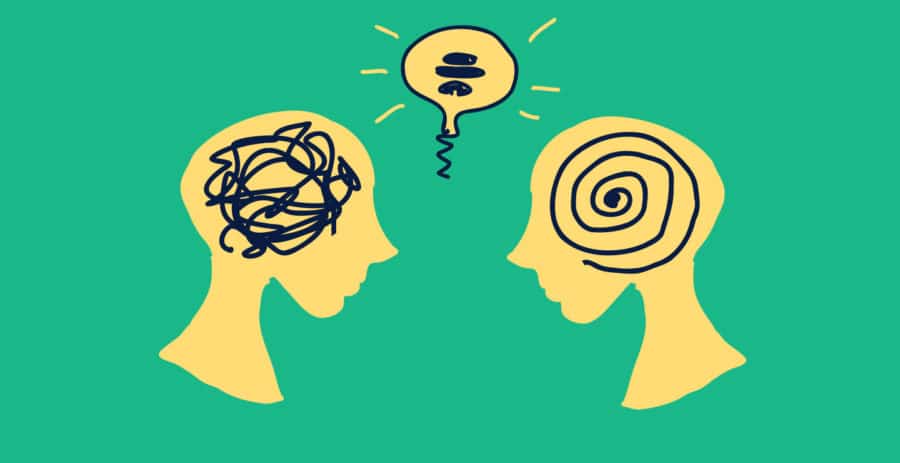From the ancient philosophers of Greece to the modern-day scholars, critical thinking and the art of criticism have been used to challenge established beliefs, expose fallacies, and drive progress.
One of the earliest examples of critical thinking comes from the ancient Greek philosopher Socrates. Socrates was known for his method of questioning, which challenged the beliefs of his fellow Athenians. He believed that through questioning, people could arrive at a deeper understanding of the truth. Socrates' famous statement, "The unexamined life is not worth living," highlights the importance of critical thinking in one's personal and intellectual development.
Another prominent example of critical thinking and the art of criticism comes from the Enlightenment era. The Enlightenment was a period of intellectual and philosophical growth during the 17th and 18th centuries, characterized by a rejection of traditional beliefs and a focus on reason and empirical evidence. Enlightenment thinkers such as Voltaire, John Locke, and Immanuel Kant challenged the authority of the church and the monarchy, advocating for individual rights and freedoms.
In the 19th century, the art of criticism became a powerful tool for artists and writers. Literary critics such as William Hazlitt and Samuel Taylor Coleridge analyzed the works of their contemporaries and predecessors, providing insightful commentary on their themes and style. Hazlitt's essay "On the Pleasure of Hating" is a classic example of literary criticism, exploring the human tendency towards negativity and aggression.
In the 20th century, critical thinking and the art of criticism continued to play a crucial role in shaping public discourse. In the United States, the civil rights movement of the 1950s and 60s was driven by a critical examination of the country's history of racism and segregation. Martin Luther King Jr.'s famous "I Have a Dream" speech challenged the status quo, calling for racial equality and an end to discrimination.
In recent years, social media has become a powerful tool for criticism and activism. The #MeToo movement, which began in 2017, exposed the prevalence of sexual harassment and assault, leading to a wave of criticism and accountability for those in positions of power. Similarly, the Black Lives Matter movement has used social media to raise awareness of police brutality and systemic racism, sparking a global conversation about racial justice.
In conclusion, critical thinking and the art of criticism have played a crucial role in shaping human history. From the ancient Greeks to modern-day activists, thinkers, and writers, these tools have been used to challenge established beliefs, expose fallacies, and drive progress. As we navigate an increasingly complex and interconnected world, it is more important than ever to cultivate our critical thinking skills and engage in thoughtful, constructive criticism.

Comments